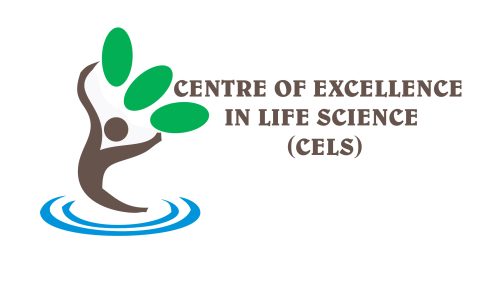Carbon fixation is one of three biochemical processes, along with C3 and CAM photosynthesis, that fixes carbon. It is named for the 4-carbon molecule of the first product of carbon fixation found in the small subset of plants that use the C4 process. This process is in contrast to the 3-carbon molecule products of C3 plants.
C4 fixation is an elaboration of the more common C3 carbon fixation and is believed to have evolved more recently. C4 and CAM overcome the tendency of the enzyme RuBisCO to wastefully fix oxygen rather than carbon dioxide in the process of photorespiration. This is achieved in a more efficient environment for RubisCo by shuttling CO2 via malate or aspartate from mesophyll cells to bundle-sheath cells. In these bundle-sheath cells, RuBisCO is isolated from atmospheric oxygen and saturated with the CO2 released by decarboxylation of the malate. C4 plants use PEP carboxylase to capture more CO2 in the mesophyll cells. PEP Carboxylase (3 carbons) binds to CO2 to make oxaloacetic acid (OAA). The OAA then makes malate (4 carbons). Malate enters bundle sheath cells and releases the CO2 where RuBisCO works more efficiently. These additional steps, however, require more energy in the form of ATP. Because of this extra energy requirement, C4 plants are able to more efficiently fix carbon in drought, high temperatures, and limitations of nitrogen or CO2, while the more common C3 pathway is more efficient in the other conditions.
